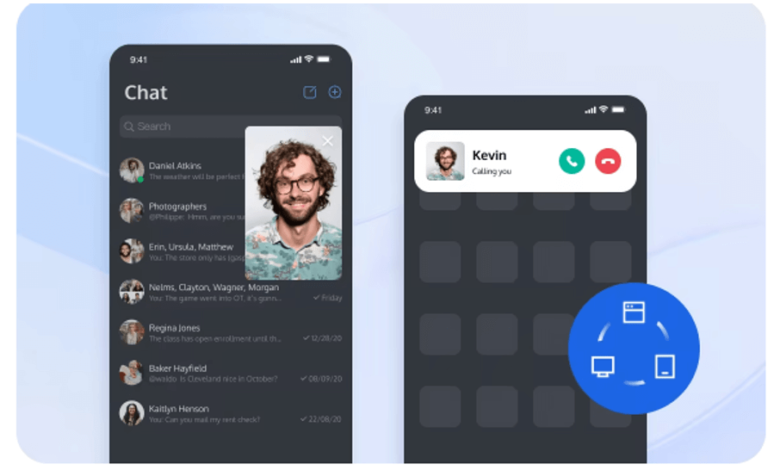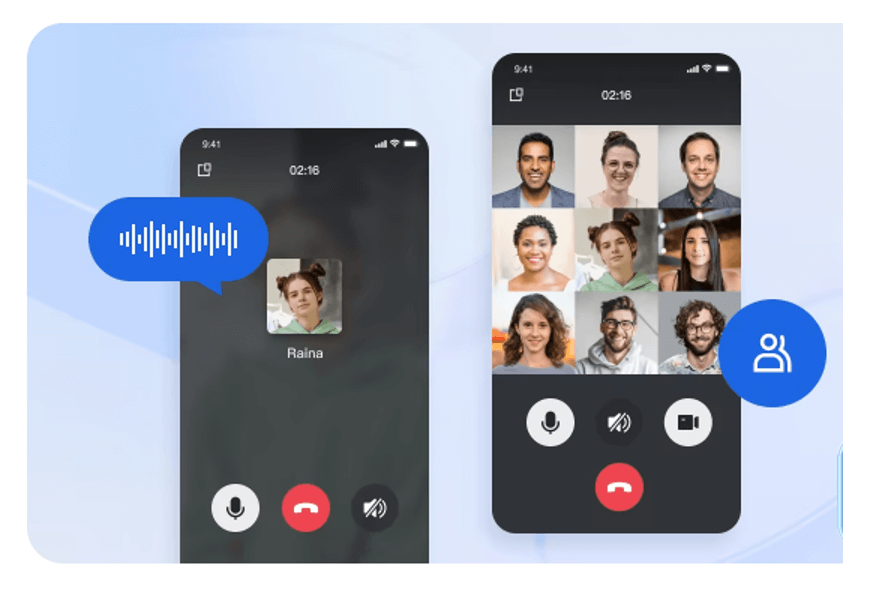How To Seamlessly Integrate Video Calls Easily

In today’s digital age, where connectivity is key, integrating video calls into your applications has become essential. Whether you’re developing a social networking platform, a healthcare app, or a collaboration tool, incorporating video calling functionality can significantly enhance user engagement and experience.
However, integrating such features can often take time and effort, requiring substantial time and effort. Fortunately, with the advent of pre-built UIKits like Tencent RTC, the process has become remarkably streamlined, allowing developers to incorporate video calling with ease. Let’s explore how you can seamlessly integrate video calls into your applications.
Seamlessly Integrate Video Calls
Here is how Tencent RTC allow you to integrate video calls seamlessly:
Receive calls within 30 minutes.
One of the most significant advantages of using Tencent RTC UIKits is the rapid integration it offers. With just a few lines of code changes, developers can enable in-app voice and video calling, significantly reducing development time. This means that you can have your video calling feature up and running within 30 minutes, enabling you to focus more on customizing other aspects of your application.
All-in-one Calling Solution for you
Tencent RTC UIKits provides a comprehensive calling solution that caters to various requirements. Whether you need to facilitate one-on-one calls, group calls, video calls, or voice calls, Tencent RTC has you covered. Users can initiate calls directly to their friends, engage in video and voice calls within group chats, and even invite others to join ongoing calls. This versatility makes Tencent RTC SDK ideal for diverse scenarios, whether it’s a casual conversation, a professional consultation, or a medical diagnosis.
Efficient and Convenient Video Calls
In addition to facilitating seamless integration, Tencent RTC SDK enhances the efficiency and convenience of video calls through a range of innovative features:
Offline Push: Ensure that users never miss a call by delivering offline push notifications. Even when users are not actively using the app, they can receive notifications about incoming calls, allowing them to stay connected at all times.
Floating Window: Enhance multitasking capabilities by implementing a floating window feature that enables users to continue their video calls while navigating through other parts of the application. This ensures uninterrupted communication without disrupting the user experience.
Multi-Platform Call: Enable cross-platform communication by supporting video calls across various devices and operating systems. Whether users are on iOS, Android, or web platforms, Tencent RTC ensures seamless connectivity, enabling users to communicate effortlessly regardless of their device preference.
Build Stronger Connections with Innovative Features
Tencent RTC SDK goes beyond basic video calling functionality to offer a range of innovative features designed to enhance user engagement and interaction:
Interactive Effects: Add fun and excitement to video calls with interactive effects such as virtual backgrounds, stickers, and filters. These features not only make calls more enjoyable but also enable users to express themselves creatively.
Real-time Translation: Break down language barriers by incorporating real-time translation capabilities into your video calling app. Tencent RTC’s translation feature allows users to communicate seamlessly with individuals from different linguistic backgrounds, fostering global connectivity.

Screen Sharing: Facilitate collaboration and remote assistance by enabling screen sharing during video calls. Whether it’s for presenting slides, sharing documents, or troubleshooting issues, screen sharing enhances productivity and communication effectiveness.
Conclusion
Integrating video calls into your applications has always been challenging, thanks to pre-built UIKits like Tencent RTC. With its user-friendly interface, rapid integration process, and diverse features, Tencent RTC SDK empowers developers to deliver seamless and engaging video-calling experiences to their users. By leveraging these tools, you can not only enhance the functionality of your applications but also strengthen connections and foster meaningful interactions among your users.



